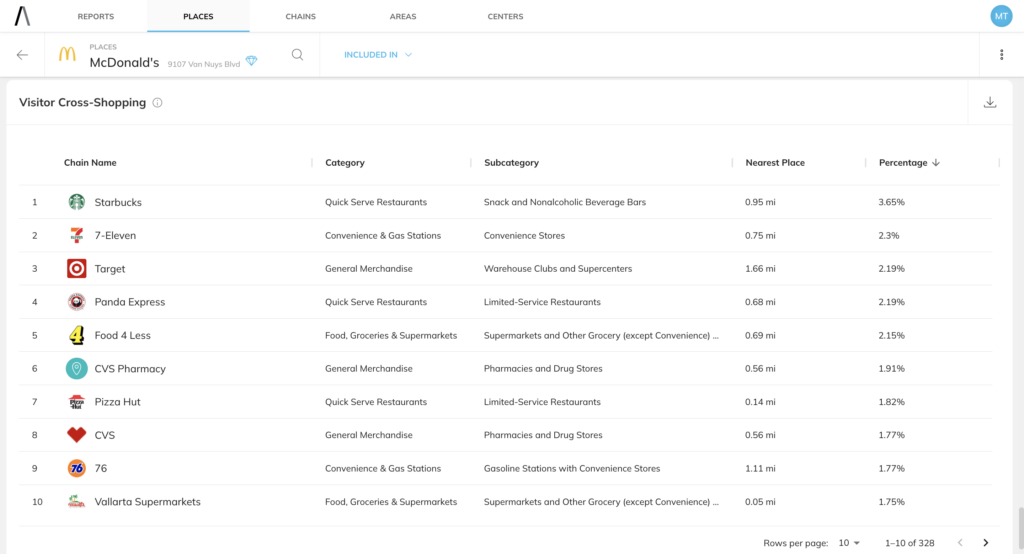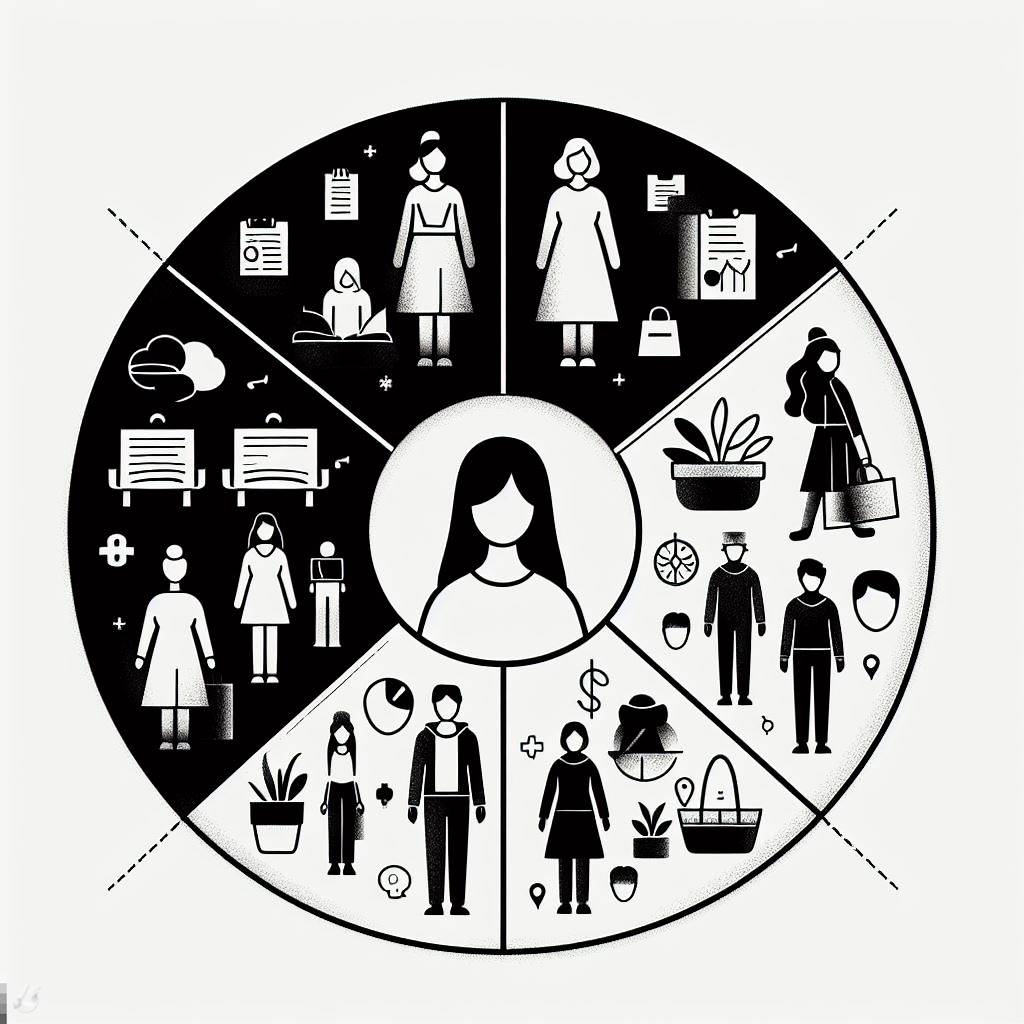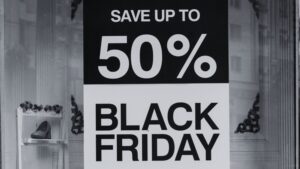Customer segmentation is a great way to understand your customers, how to meet their needs, and how you can best reach them. Done well, segmenting customers can increase sales and visits to your business.
Keep reading to see how to segment customers using the data.
What is customer segmentation?
Customer segmentation is the practice of dividing a company’s customers into group that reflect similarity among customers in each group. The goal of segmenting customers is to decide how to relate to customers in each segment in order to maximize the value of each customer to the business.
These segmentations can be used to begin creating customer, marketing, or product personas. Customer segmentation and analysis is an important first step in building out your strategy, understanding your customers, and finding new places to invest in and move your business forward.
What’s the difference between customer segmentation and market segmentation?
Market segmentation divides your target market into smaller parts, while customer segmentation divides your customer base into parts. These customers are grouped together into segments based on what needs and behaviors they have.
In short, market segmentation is a general analysis of the entire market while customer segmentation is your part of the market only.
Businesses complete a market segmentation when gathering new customers, producing a new product, or a new campaign is the end goal. Customer segmentation is done when you’re seeking to better understand your customers, target campaigns, or improve your current products.
How to segment customers
Psychographic, location, shopping, behavioral, foot traffic, survey, and demographic data can all be used to group customers. These methods can be used on their own or combined to group customers by their similarities.
One of the exciting ways businesses can leverage customer segmentation is by utilizing foot traffic data. Foot traffic refers to the number of people visiting a business location physically. By analyzing this data, you can learn the busiest times of day, the most frequented areas in your shop, and the demographic dominantly frequenting you. This then helps you tailor your marketing and sales strategies, prime product placement, and even staffing hours to your most active customer segments.

What methods are used to segment customers?
Depending on your business, product, or goal one way of segmenting customers may be better for you than others. Methods used to segment customers include segmenting by need, location, value, psychographics, and behavior.
There are many ways to group customers–here’s just a quick look at some of the most popular methods and when best to use them.
| Segmenting by need | Group customers by pain-point. Best used for selling a product or service and in campaign designs. |
| Segmenting by location | Group customers by geographic location such as by city or region. Best used for marketing campaigns. |
| Segmenting by value | Group customers by the value they bring to the business. Best used for prioritizing and campaign design. |
| Segmenting by psychographics | Group customers by personality, interests, and other commonalities. Best used for customer personas. |
| Segmenting by behavior | Group customers by their actions such as buying behavior, places visited, product usage, etc. |
How to build a customer segmentation strategy
Define your business goals. From there, you can build out a customer segmentation strategy that helps you reach your goals. Creating a strategy can help you avoid road-blocks along the way.
To build a strategy and segment your customers, follow these steps:
- Define your goals. This will help you prioritize when setting up customer segments.
- Collect data. You can do this through a business intelligence data platform or using tools such as Google Analytics depending on the type of data you need to achieve your goals.
- Begin grouping customers. Customers can be grouped in many ways! Use the data to guide you in this process.
- Share the customer segments internally. These segments can then be used by sales, marketing, product, design, and other teams to optimize campaigns and strategy across the business.
- Keep analyzing. Customers aren’t static and neither is your business. Running customer segmentation regularly can help you stay on top of these changes and maintain optimization.
Customer segmentation tools you will need
When building out your strategy, decide early on what tools you will use. Some examples of tools needed for segmenting customers are Google Analytics, Hubspot, psychographic data, and visitor cross-shopping analytics.
1. Google Analytics
Google Analytics is the go-to option for many businesses to track customer visits to an online store and better understand their behavior.
To begin segmenting customers, go to the reports tab and select the segment field. From there, you can create a new segment. Segments can also be added to reports.
While Google Analytics is a useful tool for marketing and digital customer segmentation, it does miss some key information you will need for segmentation. Consider it the start of the process rather than a pillar.
2. Hubspot
Hubspot is a CRM platform perfect for sales and marketing teams. When creating segments, Hubspot lets you choose your criteria from engagement to demographics.
From there, you can analyze the different segments and even create separate landing pages depending on the customer type.
3. Psychographic data
When designing a marketing campaign, store layout, or developing a new product, psychographic data is an important step in the process of customer segmentation. It can also help you build customer personas.
This data gives you an anonymized view of income and education levels, allowing you to better optimize your campaigns to suit their interests.

4. Visitor cross-shopping analytics
Where do your customers shop? Take a close look at consumer buying behavior to identify patterns, discover competitors, and segment your customers effectively. For example, you could create a segment or campaign for “CVS customers” and “Target customers”.
Our visitor cross-shopping analytics shows you your customer’s most popular retailers. Use our consumer insight platform Almanac to see where your customers are shopping.

Why you need customer segmentation
77% of email ROI comes from segmented, targeted, and triggered campaigns. Personalized or targeting marketing is essential these days for a successful campaign across channels making customer segmentation essential for a targeted approach.
How can you retain existing customers? It’s much more effective to retain your current customer basethan constantly seeking new ones with lower loyalty. Luckily, customer segmentation can help you find new customers while keeping your current customers engaged.
Use the segments to better communicate with your customers during marketing and sales conversations.
How machine learning can help
Customer segmentation machine learning is a branch of artificial intelligence that helps systems learn from data, identify patterns, and make decisions with minimal human intervention.
Machine learning is commonly used in segmentation to make the result more detailed, accurate, or efficient. For example, at pass_by, we use advanced machine learning to power our data algorithms and ensure precision.
Using many data sources (such as consumer visits, years of footfall data, demographic insights, etc), machine learning models can provide further insight into how best to group consumers.
Utilizing Machine Learning for Customer Segmentation
With the speed and complexity of today’s markets, manual customer segmentation can be a daunting task. This is where machine learning comes into play, and becomes a game changer. You might be wondering, “How exactly can machine learning help with customer segmentation?” Well, let’s dive in.
Machine learning is a branch of artificial intelligence that helps systems learn from data, identify patterns, and make decisions with minimal human intervention. It is a robust tool that helps businesses create more sophisticated, automatic, and accurate customer segmentation models.
Customer segment examples
In our journey to understand customer segmentation, let’s take a closer look at real-world examples that bring this concept to life. This section digs deep into actual cases of customer segmentation across different aspects such as age and interests.
We’ll even touch on renowned companies like Starbucks and the Seattle Seahawks, providing a lens into their unique segmentation practices. Understanding these instances not only drives home the importance of segmentation but also empowers you to better visualize how it’s done in practice.
Age
Age customer segments aim to help you define how age groups or generations interact with your product or services differently. For example, messaging for Generation Z and Boomer generations can differ by channel, imagery, language, etc.
Example: Diet Coke Drink What Your Mama Gave Ya
Entertaining video content, comedy, and diverse casting all combined into one advert ideal for younger audiences.
Interests
Segmenting by interest is an advanced form of behavior segmentation. You can get very specific with interest campaigns, and use it to guide your communications or to discover partnership opportunities.
Using our visitor cross-shopping tool can also tell you more about your customer’s interests. See where your customers commonly shop to further define their needs and wants.
Example: Seattle Seahawks and Starbucks
Coffee and sports! These two interests and businesses formed a relationship where Starbucks acts as a community partner.
Customer segmentation FAQs
What is a key customer segment?
The four key customer segments are behavior, demographic, geographic, and psychographic. These four key segments are used to group customers for targeted campaigns. While these are the main four, there are others such as value segments which groups customers by how much monetary value they bring to a business.
Which market segment shows how a customer views the world?
Psychographic data and segmentation can show how a customer views the world. This data set reveals a customer’s interests, hobbies, lifestyle, life goals, ideals, beliefs, and needs.
This segment is then used to better communicate with customers with campaigns that match their profile.





